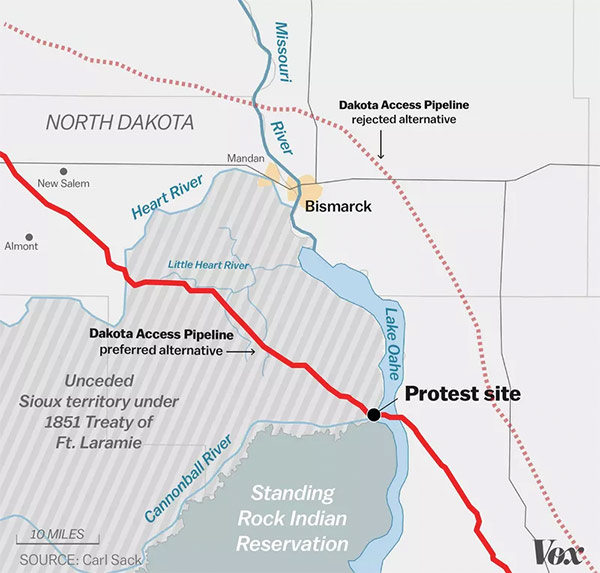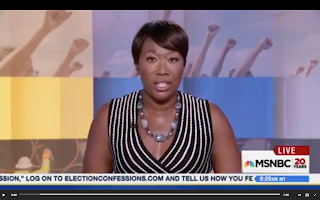The history of the United States can be seen as the formalization of the use of media as a
primary means of overcoming oppression. Perhaps the dissident press's most daring experiment thus far has been to
provoke the British subjects of Colonial America, "to dissolve the political bands" which bound them to most powerful empire of their time. For the 240 years since that
media driven revolution the story of the struggle to honor the intention of The Declaration of Independence, and fulfill the promises enshrined in the US Constitution, has been told through an Independent and
Activist Media. More importantly, that struggle has consistently been driven by it. Rodger Streitmatter's, Voices of Revolution: The Dissident Press in America (2001 Columbia University
Press), recounts the role of Independent Activist Media in forging and reshaping the United States.
By 1830 the United States had fought and won 2 wars with the British Empire, but was in ever present danger
of succumbing to internal struggles and rebellions by unsatisfied citizens of the fledgling
nation. The wave of dissident media which rose in response to the crises of the early
and mid 19th century is even more remarkable than the one that sparked the 1776 Revolution in two ways:
1) Whereas the dissidents of the Founding Fathers' generation had sympathetic presses to produce their underground publications,
with an ocean between those presses and King George; the Activist Press of the 19th century had to build itself from the
ground up, and do so in proximity to the power it was confronting. 2) Whereas the Founding Fathers were a ready pool of talented writers and intellectuals who could frame their movement (some educated in the best schools of Europe); the Activist Press of the 19th century consisted mainly of inspired individuals, often
rising from humble obscurity to; inform, educate, organize and activate disenfranchised groups; promote political candidates to represent
those disenfranchised; draft legislation; and even found political parties.
With provocative names like: Workingmen's Advocate, The Liberator, The Revolution, Appeal to Reason, and dozens more like them, The Labor Movement, The Abolitionist Movement and The Women's Rights
Movement took shape in response to the rallying cry of these passionate and dynamic media entities. Though most of these
publications did not survive more than a few years or a few decades, the
depth and breadth of their reach, and their ability to effect fundamental
change is unparalleled in the history of democratic institutions.
If the dissident press of the 1760’s and 1770’s proved that it could
incite the violent overthrow of an oppressive government in order to effect
social progress, the dissident press of the 19th century proved that
it could curb oppression and effect social progress through democratic
processes, without overthrowing that government. Until this function of the
Fourth Estate was delineated and proven to be effective, the viability of the
US model of government was anything but certain.
In part two of this series I’ll present an overview of the publishers
and publications that defined the role of dissident media in shaping social
movements. Part three will show how the Independent Media of today has kept
that tradition alive, and adapted to the diverse and evolving media landscape
of the 21st century.








